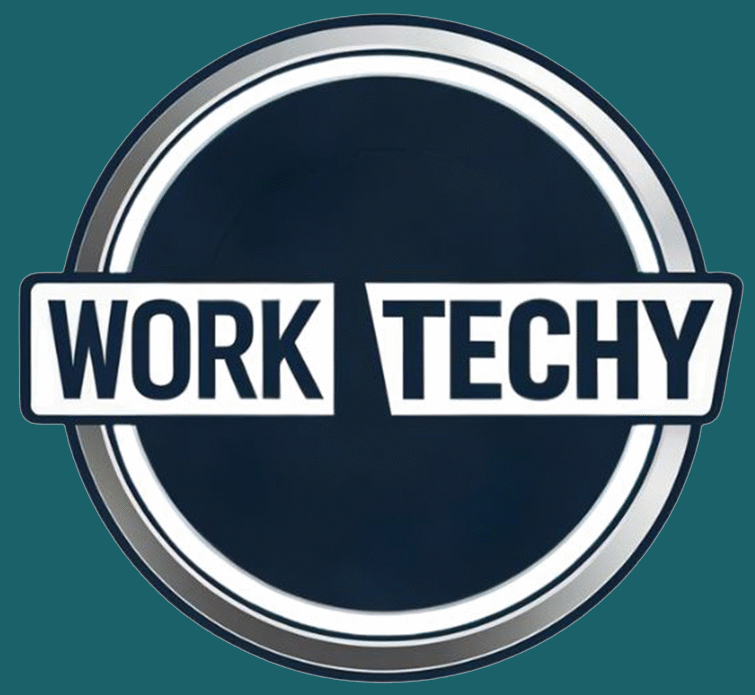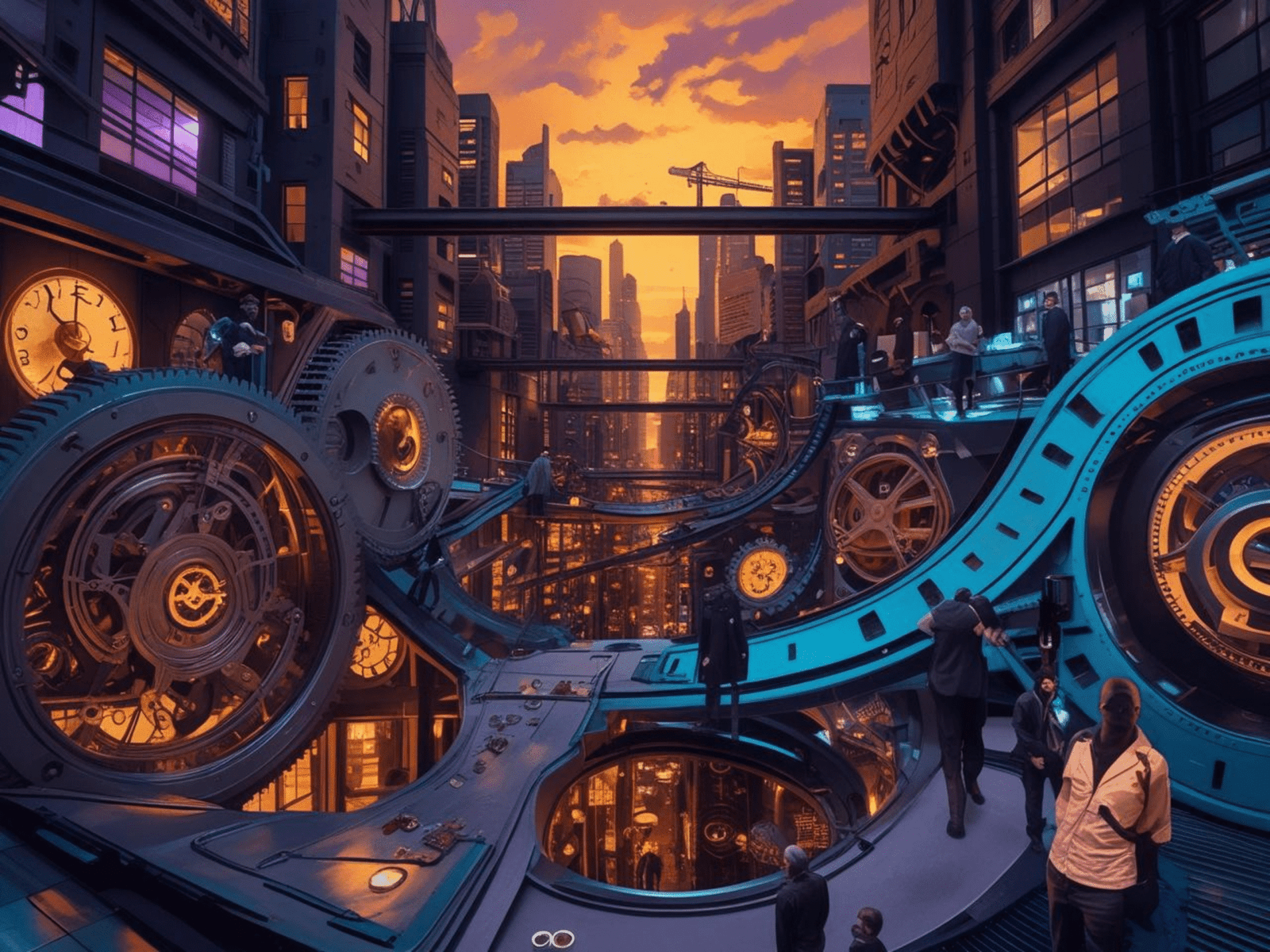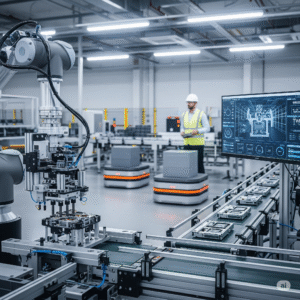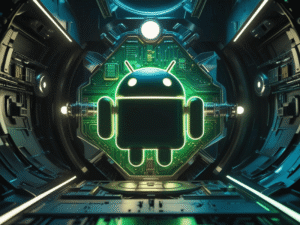Table of Contents
ToggleIntroduction
Technology has become an inseparable part of modern life, influencing the way we live, work, learn, and interact. From the invention of the wheel to the rise of artificial intelligence, technological progress has consistently shaped human civilization. In the 21st century, this relationship between technology and society has grown even deeper, bringing both remarkable benefits and significant challenges.
The Positive Impact of Technology
One of the most notable advantages of technology is its ability to improve communication. Smartphones, social media, and instant messaging have connected people across the globe, making the world feel smaller and more accessible. In education, digital tools like online classes, e-books, and learning platforms have made knowledge available to anyone with an internet connection.
Healthcare has also been transformed. Advanced medical equipment, telemedicine, and health monitoring devices have improved diagnosis, treatment, and life expectancy. Similarly, industries have become more efficient through automation, robotics, and data analysis, increasing productivity and reducing human effort.
The Challenges of Technological Growth
Despite its benefits, technology has also introduced several challenges. Overreliance on digital devices can lead to reduced physical activity, social isolation, and mental health issues. The spread of misinformation online has created social and political tensions, while cybercrime poses risks to privacy and security.
Furthermore, rapid automation threatens to replace certain jobs, raising concerns about unemployment and income inequality. Environmental impacts, such as electronic waste and energy consumption, also need urgent attention.
Relationship between technology and society
The relationship between technology and society is not one-sided—it is a cycle. Society shapes technological innovation, and technology, in turn, shapes societal values, behaviours, and possibilities. To ensure this relationship remains beneficial, responsible use and ethical development of technology are crucial. Governments, businesses, and individuals must work together to create policies and practices that promote inclusivity, sustainability, and fairness.
Conclusion
Technology has the power to transform society for the better, but it also brings challenges that cannot be ignored. The key lies in using technology thoughtfully—leveraging its advantages while mitigating its risks. If guided wisely, technological progress can continue to be a tool for human advancement, bridging gaps and creating a better future for all.
Effect of Technology on Society
Technology has become an inseparable part of human life, shaping how we work, communicate, learn, and even think. From the invention of the wheel to the rise of artificial intelligence, every technological advancement has brought changes, both positive and negative, that have transformed society in profound ways.
Positive Effects of Technology
Improved Communication
Technology has revolutionised the way people connect. Social media, instant messaging, and video conferencing have made it possible to communicate instantly across continents, bringing the world closer together.
Advancement in Education
E-learning platforms, digital libraries, and interactive tools have made knowledge more accessible than ever. Students can now learn at their own pace and explore subjects beyond the limitations of traditional classrooms. Modern medical technology—such as advanced diagnostic machines, robotic surgeries, and telemedicine—has improved treatment quality, extended life expectancy, and made healthcare more efficient.
Economic Growth
Automation, artificial intelligence, and digital platforms have opened up new business opportunities, increased productivity, and created entire industries that did not exist before.
Negative Effects of Technology
Social Isolation
While digital communication is convenient, excessive screen time can lead to reduced face-to-face interactions, weakening social bonds.
Job Displacement
Automation and AI are replacing certain types of jobs, leading to unemployment and requiring workers to constantly upgrade their skills.
Privacy Concerns
With the growth of the internet, personal data is more vulnerable to cybercrimes, surveillance, and misuse. Overuse of technology, especially among the youth, has been linked to reduced physical activity, sleep problems.
Balancing Technology and Humanity
The challenge for society is not to reject technology, but to use it responsibly. This involves creating ethical regulations, promoting digital literacy, and encouraging mindful usage. As technology evolves, humans must ensure that innovation serves the greater good without compromising values, relationships, and mental well-being.
Conclusion
Technology is neither inherently good nor bad—it is a tool. Its impact on society depends on how we choose to use it. If harnessed wisely, it has the power to solve global challenges, connect communities, and improve quality of life. However, if left unchecked, it can deepen inequalities, erode privacy, and harm human relationships. The future of society will be shaped not just by technological progress, but by our ability to balance innovation with humanity.
How Social Media Shapes Public Opinion
In the last two decades, social media has evolved from a niche networking tool to a powerful force shaping global conversations. Platforms like Facebook, X (formerly Twitter), Instagram, TikTok, and YouTube have not only transformed how people communicate but also how they form, reinforce, and even change their opinions. Today, public opinion is often moulded in real-time, influenced by the speed, reach, and interactivity of social media.
1. The Power of Instant Information
Social media allows news, ideas, and opinions to spread within seconds. Unlike traditional media, which follows editorial processes and scheduled broadcasts, social platforms enable live updates and immediate reactions. This speed can empower movements—such as #MeToo or climate change activism—by rapidly mobilising public support. However, it can also spread misinformation before facts are verified, shaping opinions based on incomplete or false narratives.
2. Algorithms and Echo Chambers
One of the most significant ways social media influences public opinion is through algorithm-driven content. Platforms curate feeds based on user behavior, showing content that aligns with existing preferences. While this personalisation enhances user engagement, it can create “echo chambers” where people are exposed only to views similar to their own. This reinforces biases, polarises communities, and makes it harder for individuals to engage with opposing perspectives.
3. Influencers and Opinion Leaders
Influencers, content creators, and public figures on social media have become powerful opinion leaders. A single tweet, Instagram story, or YouTube video can shift public perception, influence consumer behaviour, or even affect political discourse. Unlike traditional media figures, influencers often appear more relatable and approachable, making their opinions feel more authentic and persuasive to followers.
4. Emotional Engagement and Virality
Social media thrives on emotional content. Posts that evoke anger, joy, empathy, or outrage tend to be shared more widely, often reaching audiences far beyond the original poster’s network. This emotional amplification can help important causes gain visibility—but it can also distort priorities by rewarding sensationalism over balanced discussion.
5. Creation of public opinion influenced by social media
Social media has democratized the creation of public opinion by giving everyone a voice. Ordinary individuals can challenge official narratives, share grassroots experiences, and connect with like-minded communities. Yet, this same openness makes it difficult to distinguish credible voices from harmful ones. The result is a public sphere that is both more inclusive and more fragmented.
Conclusion
Social media’s influence on public opinion is undeniable. It empowers individuals, accelerates the spread of ideas, and fosters global dialogue—but it also risks deepening divisions and spreading misinformation. The challenge lies in harnessing its strengths while addressing its pitfalls. Ultimately, critical thinking, digital literacy, and responsible platform governance will determine whether social media shapes public opinion for the better or the worse.
Digital Literacy
In today’s interconnected world, digital literacy has evolved from a specialised ability into a fundamental life skill. Just as reading, writing, and arithmetic formed the core of traditional literacy, the capacity to navigate the digital landscape is now essential for personal, academic, and professional success in the 21st century.
What is digital literacy?
Digital literacy refers to the ability to find, evaluate, create, and communicate information using digital technologies. It goes beyond simply knowing how to operate a computer or smartphone—it encompasses understanding online ethics, recognizing credible sources, safeguarding privacy, and effectively participating in the digital community.
Why is digital literacy important?
Education and Learning
Digital tools have transformed education, enabling students to access online resources, participate in virtual classrooms, and collaborate globally. Without digital literacy, learners risk being left behind in a system increasingly dependent on technology.
Employment and Career Growth
Nearly every profession now integrates some form of technology. From basic email communication to data analysis and remote work platforms, digital competence enhances employability and career advancement.
Critical Thinking and Information Evaluation
The internet is overflowing with information—both accurate and misleading. Digital literacy equips individuals with the skills to assess credibility, detect misinformation, and make informed decisions.
Civic Participation
Social media, online petitions, and e-governance platforms allow citizens to engage with communities and governments. A digitally literate population can actively participate in shaping public discourse.
Challenges in Achieving Digital Literacy
While technology is widespread, access and skills are not evenly distributed. The digital divide—caused by differences in access to devices, internet connectivity, and training—remains a barrier. Additionally, issues like cyberbullying, data breaches, and online scams demand that digital literacy include a strong awareness of cybersecurity and ethical conduct.
Building Digital Literacy Skills
Education Systems should integrate digital skills training from an early age. Workplaces can offer upskilling programs for employees.
Individuals must take personal responsibility by exploring online learning platforms, practicing safe online habits, and staying updated on emerging technologies.
Conclusion
In the 21st century, digital literacy is not optional—it is as fundamental as reading and writing. By fostering these skills across all age groups and socio-economic backgrounds, societies can ensure that technology becomes a bridge to opportunity rather than a barrier to equality. The future belongs to those who can navigate the digital world with confidence, responsibility, and creativity.
The Role of Technology in Today’s World
In the 21st century, technology has become an inseparable part of human life. From the way we communicate to the way we work, learn, travel, and entertain ourselves, technology has transformed every aspect of society. Its influence is so pervasive that it shapes economies, cultures, and even the way we think and interact.
1. Technology in Communication
One of the most significant impacts of technology is in the field of communication. Smartphones, social media platforms, and instant messaging services have made it possible to connect with anyone, anywhere, in real time. Video conferencing tools allow businesses to collaborate globally, and online platforms enable people to share ideas and stories across borders.
2. Technology in Education
Technology has revolutionized learning. Online courses, virtual classrooms, and interactive learning tools have made education more accessible and flexible. Students can now access vast resources at their fingertips, learn at their own pace, and even acquire new skills through e-learning platforms. This has been especially important during global disruptions like the COVID-19 pandemic. Technology has improved diagnosis, treatment, and patient care. From advanced imaging equipment to telemedicine and wearable health devices, technology enables doctors to monitor patients remotely and make accurate medical decisions. Artificial Intelligence (AI) is now being used to detect diseases earlier and recommend personalized treatments.
3. Technology in Business and Economy
Businesses are leveraging technology to increase efficiency, reduce costs, and expand globally. Automation, data analytics, and artificial intelligence have streamlined operations, while e-commerce platforms have opened new markets. Financial technology (FinTech) has transformed banking, making transactions faster, safer, and more convenient.
4. Technology in Daily Life
From smart homes and digital assistants to ride-hailing apps and online shopping, technology has made everyday life more convenient. It saves time, reduces effort, and often improves the quality of services we use daily.
Challenges and Considerations
While technology offers immense benefits, it also presents challenges such as data privacy issues, cybercrime, and the risk of overdependence. Additionally, the digital divide between those who have access to technology and those who do not can widen social and economic inequalities. Addressing these challenges requires responsible usage, strong regulations, and inclusive access.
Conclusion
Technology is a powerful tool that shapes the modern world. It has the potential to solve some of humanity’s biggest problems while creating new opportunities for growth and innovation. However, its use must be guided by ethics, responsibility, and inclusivity to ensure that its benefits are shared by all. In today’s world, technology is not just a luxury—it is a necessity for progress.



